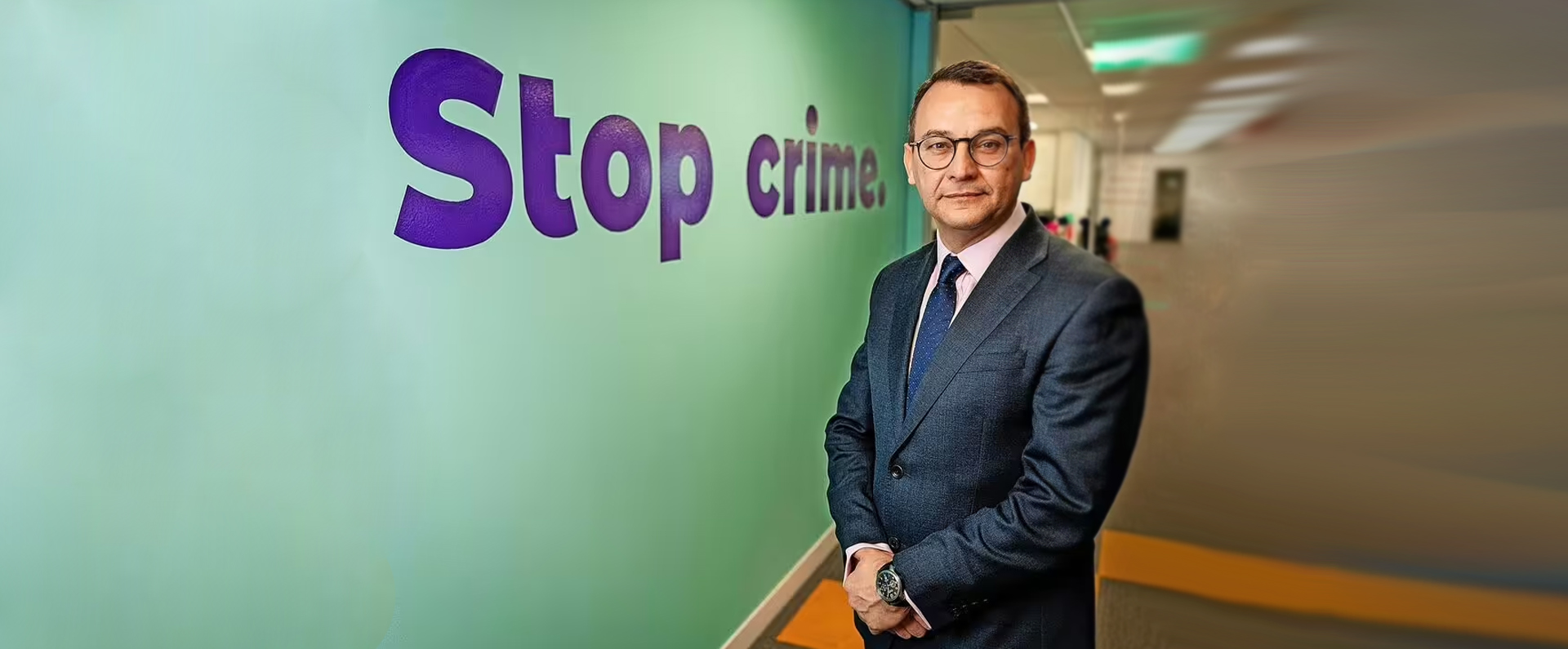
Published in the Daily Mail Scotland on 13 September 2017
TWO years ago sepsis came within a whisker of claiming my life. It resulted in me spending 19 days in intensive care and throughout that time it was unclear whether I would live or die.
As an international businessman, I travel widely (I have visited more than 150 countries to date) and I consider myself to be wellread (quite apart from the many books I have devoured, I have written 13 of my own).
Yet when I became seriously ill in September 2015, I was one of the vast majority of people who were blissfully unaware both of the symptoms of sepsis and quite how many lives it claims every year.
Sepsis is rightly known as the ‘silent killer’. It affects 250,000 people a year in the UK and, of these, some 44,000 will die.
In Scotland alone, some 4,000 people die each year as a result of sepsis, which is caused when the body’s immune system overreacts to an infection.
It is because so few people know about sepsis and its symptoms that I believe the Scottish Government made a major mistake last week when it rejected a call – from the Scottish parliament’s public petitions committee – to launch a campaign to raise awareness about this life-threatening illness.
I have no doubt that this decision will cost lives in Scotland – many lives, at that.
Since making a good recovery from sepsis, I have done all I can to raise awareness of the condition.
I have co-operated in numerous ways with The UK Sepsis Trust and I have donated significant amounts of money to the charity and raised further funds.
The trust, founded in 2012, exists to raise awareness and to train and educate health professionals about sepsis, as well as to help families who have experienced its destructive force.
Although instinctively a private man, I have been willing to share my own traumatic experience of sepsis in the hope that it saves lives.
I was in Gallipoli, Turkey, visiting First World War battlefields when I first started to feel decidedly unwell. It was September 22, 2015 – the final night of my three-day visit – when I vomited uncontrollably for the best part of an hour.
A local doctor prescribed some pills in an attempt to settle my stomach but, unsurprisingly perhaps, he did not make a successful diagnosis.
The next morning I felt even worse but I put it down to food poisoning. I decided to press ahead with my planned schedule and flew to the Turks and Caicos Islands in the Caribbean for a business meeting.
On the flight there and on arrival, I still felt ill but I soldiered on because I did not think it was particularly serious. Fortunately, however, I did visit a local doctor who felt I should go for a proper check-up.
It was at a small private clinic on Providenciales that I had the blood tests that revealed sepsis, signalled also by a sudden and dramatic drop in my blood pressure.
My condition was deteriorating sharply. The doctors told me I was in septic shock but I still did not understand the implications: that some of my vital organs were starting to shut down.
The next thing I knew I was being airlifted to the Cleveland Clinic in Ohio.
I was able to walk off the plane into an ambulance but I was soon put in a hospital bed surrounded by eight doctors.
I was quickly transferred to intensive care and by now it was touch and go whether I lived or died – not only was my blood pressure dangerously low but my liver and kidneys were perilously close to shutting down.
For a few days I was completely out of it and my kidneys were dangerously close to failing.
I prepared to meet my maker and started to say some emotional ‘goodbyes’, through personal messages, to my family and close friends.
During my 19 days in intensive care, I had some stressful moments. I suffered internal bleeding and a lesion on an artery in my stomach had to be sealed.
My body was bloated by fluid retention. I lost weight – eventually about 30lb – because I could eat only small amounts of liquidised food.
Eventually, I was off the danger list but for fully five months my doctors did not permit me to fly home to the UK. During this time, I suffered some significant setbacks.
However, in March 2016 I finally flew back to England, just in time to celebrate my 70th birthday at a large party for family, friends and close associates.
Today, after making a good recovery, I am fully aware that, as a sepsis survivor, I am one of the lucky ones.
With hindsight, I could and should have done things differently two years ago.
At the time, although I had heard of sepsis, I did not know enough about either its symptoms or just how serious the condition is.
My message to others is: ‘Do as I say, not as I did. Please learn from my failings and shortcomings.’
In recovery, I started reading more and more about sepsis: its symptoms, its various causes and the incredible death toll that it claims.
One of the most remarkable statistics – one that should be highlighted to the Scottish Government – is that one in three Britons has never heard of sepsis.
And of those who have heard of it, one in four does not believe it is a medical emergency.
In simple terms, this is why a campaign is needed to raise awareness of sepsis – with it, hundreds of lives could be saved in Scotland over the coming years.
Download a PDF of this article
For more information on the work of The UK Sepsis Trust, visit www.sepsistrust.org



